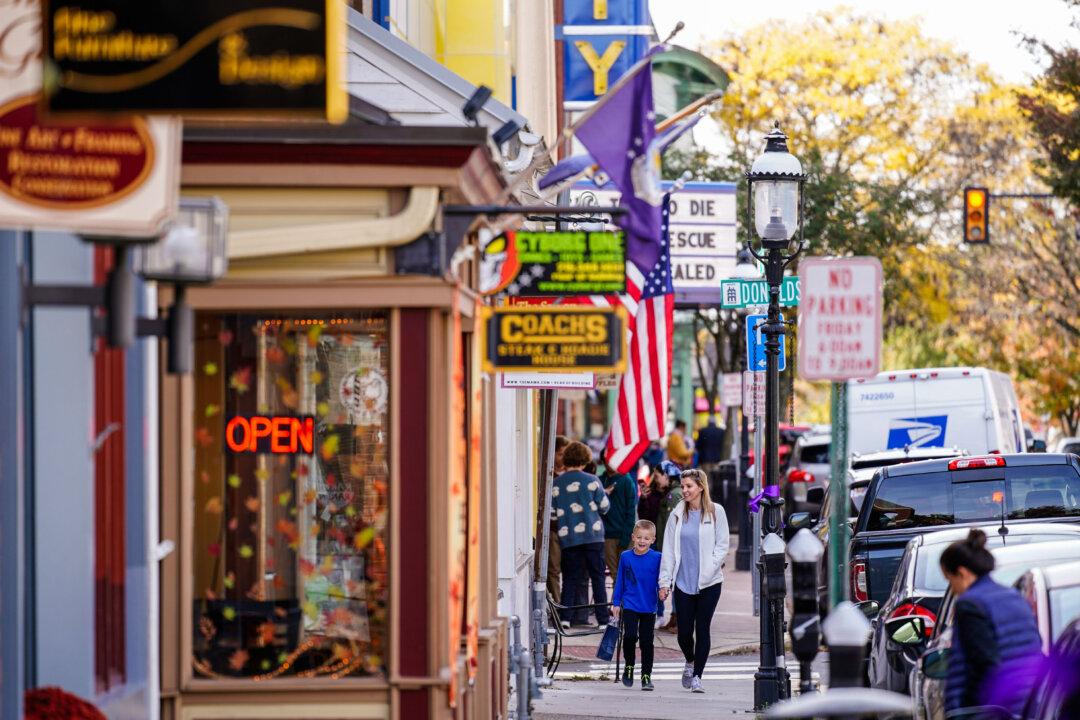Existing-home sales rose for the third straight month in November as buyers were encouraged by a robust job market as well as low-interest mortgage rates that are not expected to last long with the Fed looking to hike rates early spring.
However, the median existing-home prices went up by 13.9 percent to $353,900 from $310,800 in November 2020, with increases registered in all regions of the country. The south had the highest pace of appreciation, and based on data collected, this is the 117th straight month of year-on-year price hikes.
“Supply-chain disruptions for building new homes and labor shortages have hindered bringing more inventory to the market,” said Lawrence Yun, NAR’s chief economist, in the report. “Therefore, housing prices continue to march higher due to the near-record-low supply levels.”
Low supply was indicated by the number of unsold homes in the country going down by 13.3 percent from 1.28 million in 2020 to 1.11 million units. Inventories went down 9.8 percent from October 2021, with unsold houses sitting at a 2.1-month supply based on the current sales pace.
Properties remained unsold on the market for a maximum period of 21 days last year, on average, which reduced to 18 days in 2021. Strong demand for residential properties was indicated by data which showed that 83 percent of homes were sold within a month in November.
Last year, a fifth of buyers bought homes paying cash, compared to 24 percent in 2021. Investors or second-home buyers purchased 15 percent of homes last month; 14 percent in 2020 and 17 percent in October.
In November, the percentage of distressed homes—foreclosures and short sales—was the same last year and during October 2021 at 1 percent.
Existing-home sales were dominated by the southern regions of the country with 44 percent of total sales. The Midwest followed with 23 percent, West with 21 percent, and finally the Northeast with 12 percent.
A majority, 43 percent, of the homes sold were within the $250,000–$500,000 price category, followed by the $100,000–$250,000 segment with 24 percent. Million-dollar-houses made up just seven percent of total sales, although this category had the largest percent increase in sales from 2020.
The Federal Reserve has recently indicated that it will be concluding its tapering of bond purchases and ending pandemic-related economic programs while increasing interest rates as early as March to control the 39-year-high inflation bedeviling the economy.
High demand for homes has been attributed to the current low rates. “Determined buyers were able to land housing before mortgage rates rise further in the coming months,” said Yun. “Locking in a constant and firm mortgage payment motivated many consumers who grew weary of escalating rents over the last year.”
Yun added that the mortgage rates will increase in 2022 but he does not “expect the imminent increase to be overly dramatic.”
According to mortgage corporation Freddie Mac, the average commitment rate for a 30-year, conventional, fixed-rate mortgage was the same for the past two months, at 3.07. Yun forecast the 30-year fixed mortgage rate to settle at around 3.7 percent in 2022.
The U.S. Gross Domestic Product expanded at a seasonally adjusted annual rate of 2.3 percent, beating an expected rate of 2.1 percent. Housing has been one of the key drivers of the economy as the millennial population starts buying homes and settling down.





